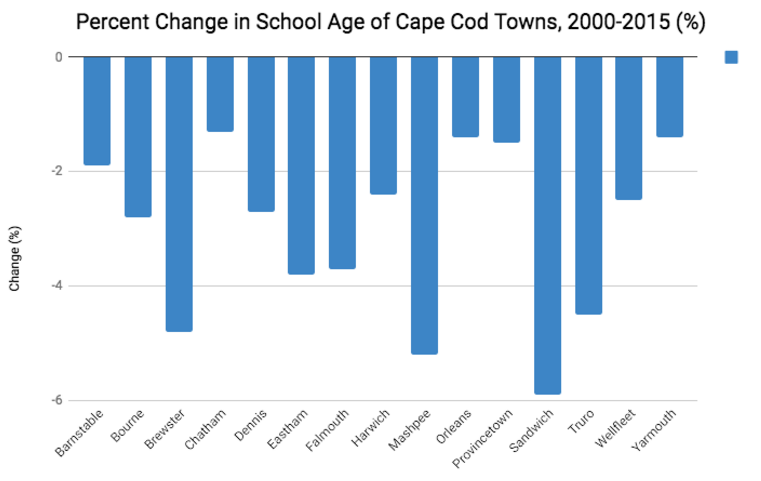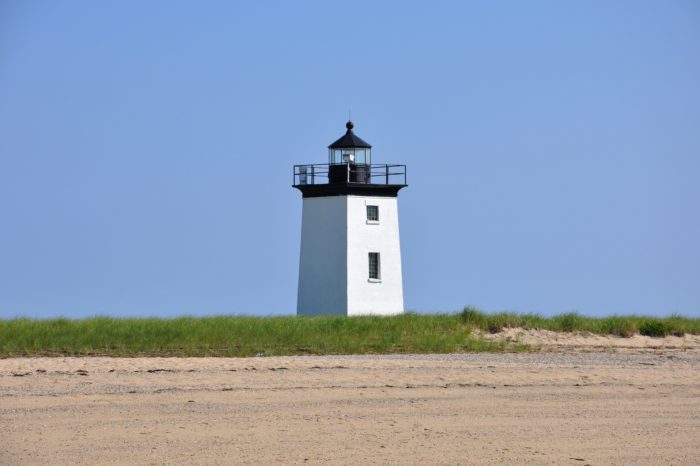The Reality of Cape Cod’s Population Trend
Cape Cod, Massachusetts is known as a bustling tourist location that overflows with visitors eager to get close to the ocean during the stifling summer months. In fact, Cape Cod experiences a 50 percent increase in occupancy level between January and August. While the Cape continues to experience economic growth due to its booming tourism industry, the population trend of its all-season residents is cause for concern.
Cape Cod’s Population: Summer vs. Winter
When the summer tourists depart, they increasingly leave behind a dwindling and aging population, which could hamper economic development. Between 2000 and 2016 Cape Cod’s year-round population decreased by 3 percent, though it has stabilized in recent years.
The trend is remarkable considering the Cape experienced a 19 percent year-round population increase between 1990 and 2000. But, since 2000 only four Barnstable County towns increased in population. Furthermore, all 15 towns saw a decrease in the percentage of their school-age population and only two had more births in 2015 than 2000. So, what is the cause of the steep decline in births and K-12 students?

A large decline in the young adult population.
A Declining Young Adult Population
While the 1 percent population decline on Cape Cod between 2010 and 2016 may seem insignificant, a growth in retirees masked the considerable decrease of the young adult population that is primarily responsible for long term economic growth. The increase in median age on the Cape from 49.9 to 51.8, which is among the highest in the country, between 2010 and 2016 is in large part due to the more than 10 percent decrease in population of those between 25 and 34 years old. This decline can be attributed to the high cost of living on the Cape that the younger population simply cannot afford. The median income on Cape Cod of those in the 24-44 group is $58,259, which is less than the average household expenditure of $62,012. To make things even more challenging, between 2010 and 2016 Cape Cod experienced a 13 percent increase in population among those over 60 years old. The older population will likely lead not only to higher health care costs, but also to a limited labor force.
Additional Insights Into Cape Cod Demographics
Despite the worrying economic trend of a dwindling young population and more retirees, there is reason for hope.
Between 2010 and 2016, Cape Cod saw a 7 percent increase in population of those between 25 and 34 years old. However, that increase was overshadowed by the 29 percent decrease of those between 34 and 44 years old. If the demographic of an increasing population of those between 25 and 34 years old can hold, there is a far better chance for long term economic growth.
Pioneer Institute Explores Ways To Economic Growth
While it will not be easy to convince younger people to stay on or move to the Cape, measures such as zoning regulations could be changed to make it easier and less costly to build affordable housing developments. Over the next several months, Pioneer Institute will analyze the Cape’s demographics and explore ways to promote economic growth and long-term year-round prosperity.
Harris Foulkes is a Pioneer Transparency Intern and is a rising freshman at Amherst College where he plans to study economics.



